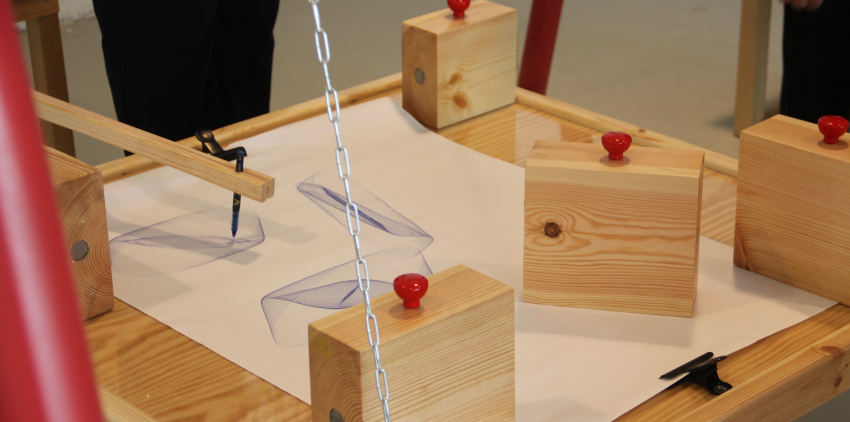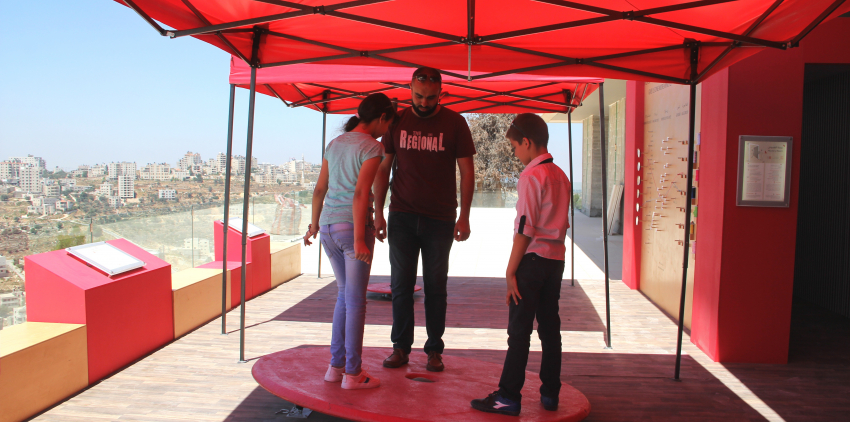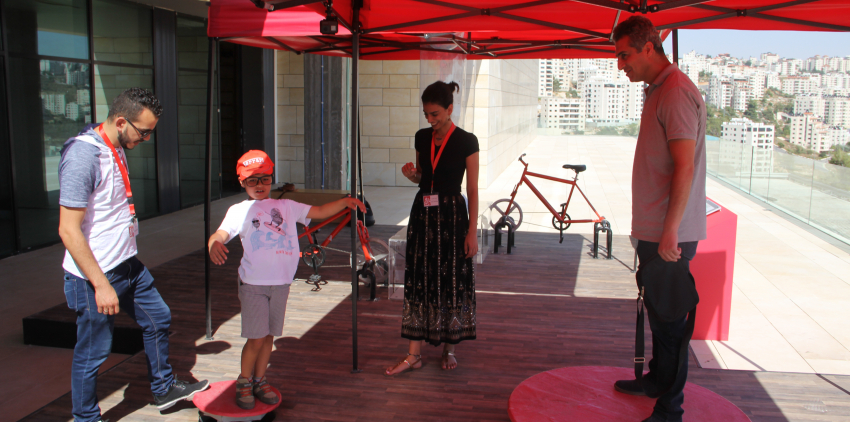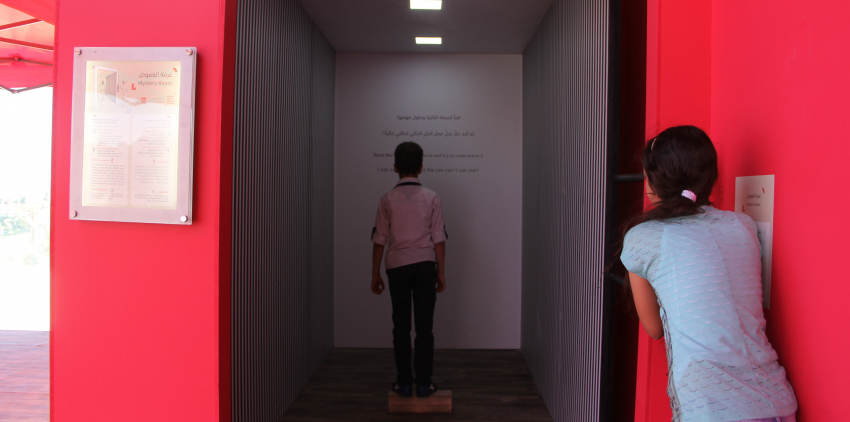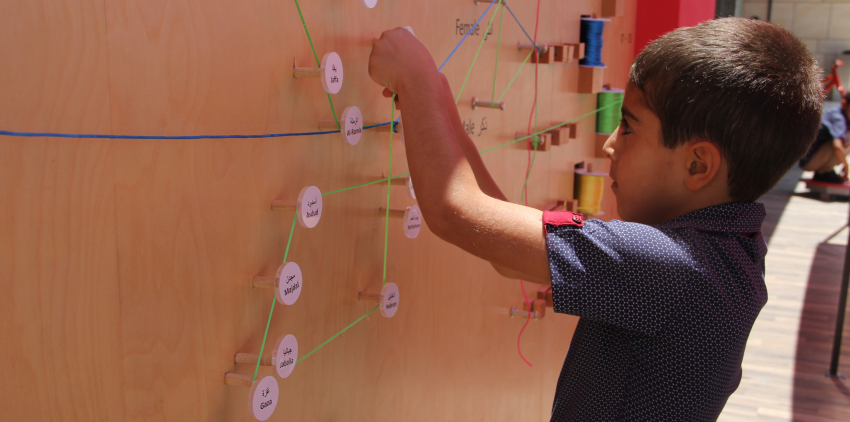
The Exhibition
“Motion and Stillness” exhibits physical movements and their relation to time, velocity, displacement and force, whether we experience such movements with our bodies or perceive them with our minds. Visitors will move into the space and the space will move around them.

